Indie Media Business 2.0: RWW Adds Structure and Writers
In mid-2008, ReadWriteWeb expands its writing team and I put some much needed structure into the business. Also, we ink a syndication deal with The New York Times.

One of the first things I did after pulling out of the ZDE deal was to tell Marshall what had happened. I had penciled in a closing bonus and incentives over two years for him and the other writers, so he wouldn’t have been left out financially had the ZDE deal closed. But I apologized for not telling him about the potential sale until now. I’d been afraid he would walk, I said, given he was technically a part-time contractor during the negotiations. But now I wanted to focus on building up the business with Marshall on board full-time—if he agreed.
He seemed to accept the situation. I’d felt uncomfortable telling him, and he was obviously taken aback. But there were no hard feelings, which was a relief. With my confession out of the way, Marshall told me about his plan for developing content systems that would improve RWW as a tech-news destination. His main idea was to use RSS feed aggregation to discover news stories before our competitors, which sounded intriguing to me.
We were still in the Technorati Top 10 list at this stage—hovering between spots 9 and 10. We were also ranked number 4 on the Techmeme Leaderboard. Our page views were running at around 1.5 million per month, and we had more than 220,000 RSS and email subscribers. So, despite my months of distraction, we were still doing well. But I was aware that our momentum was in danger of stalling if I didn’t push new content initiatives and improve our editorial systems.

I’d known for many months that I needed help to grow the business—after all, that was the main reason I’d wanted to sell to a larger media company. So now, after all the delays and eventual collapse of the acquisition deal, I felt I had to move quickly and bring on at least two executive-level people. I’d mapped out two different roles to be filled: VP of content development and VP of business development. The former was for Marshall, and the latter was tailored for Bernard (who was unsure whether he wanted it). Whoever filled the biz dev role, I envisioned the three of us forming a leadership team for RWW. I’d be a hybrid CEO and editor; overseeing the business and content strategies but focusing my daily efforts on leading the editorial team.
By the end of July, with Bernard’s help, I came to an agreement with Marshall for the VP of content dev role. I announced it on the site on July 31, noting that he “will be responsible for driving a lot of our upcoming content developments,” including “premium content, publishing system enhancements, and more magic things.”

Also in July, I hired my mum Judy as a part-time accounts manager for the company. When I was a boy, she had worked part-time for an accountant—in addition to being the full-time caregiver for four children—so she knew how to deal with company accounts. I certainly needed help with the growing paperwork of RWW, and I was grateful to be able to hand over the invoices—both from writers and to sponsors.
Next, I wanted to firm up the business development role. First and foremost, I wanted someone to take over sponsorships and advertising. However, this wasn’t something that seemed to interest Bernard. I was still paying him a generous hourly rate for twenty hours of business advisory services per month, plus we’d made an agreement for him to build an enterprise channel for RWW. For the latter he was getting a good monthly retainer, a revenue share of the channel’s main sponsor, and a small equity stake in the company. So he was doing rather well out of RWW. He wasn’t working full-time for us, yet he had a monthly income equivalent to a senior employee’s full-time salary. Also, the revenue-share arrangement wasn’t ideal for RWW going forward—although it had been capped at twelve months.
Hiring hesitation aside, Bernard thought we could be doing better with FM Publishing. One of the many reasons I’d pulled out of the ZDE deal was that I wasn’t confident I could hit the earn-out targets—mostly due to the restrictions proposed, but also due to the variability of revenue from FM Publishing. Some months it was great, and other months it dipped markedly. Bernard suggested I introduce him to FM as “our new Biz Dev guy” and he would talk to them. This I duly did.
Meanwhile, I turned my attention back to editorial matters.
Even though over half of 2008 had now disappeared in a blur of unconsummated business dealings, I had still managed to expand our writing team. I’d hired Sarah Perez as a freelancer in early January, after subscribing to her personal blog the previous year. She had a full-time IT job in Tampa, Florida, and did blogging for Microsoft on the side. She told me she’d be able to quit her IT job and go full-time on blogging if I could offer her twelve posts per week on RWW. I’d readily agreed, and Sarah officially joined RWW and quit her day job. Marshall and I both loved her posts, and by the middle of 2008 she was an established part of our daily writing team.
Another new writer started in May: a twenty-year-old Black woman from Atlanta named Corvida Raven. She ran her own blog, SheGeeks, and described herself as “an avid follower of ReadWriteWeb.” After a successful trial post, I hired her as a regular blogger at the same per-post rate as Sarah. Corvida made an immediate impact—one of her first paid posts made it to the top of Techmeme while I was in New York.
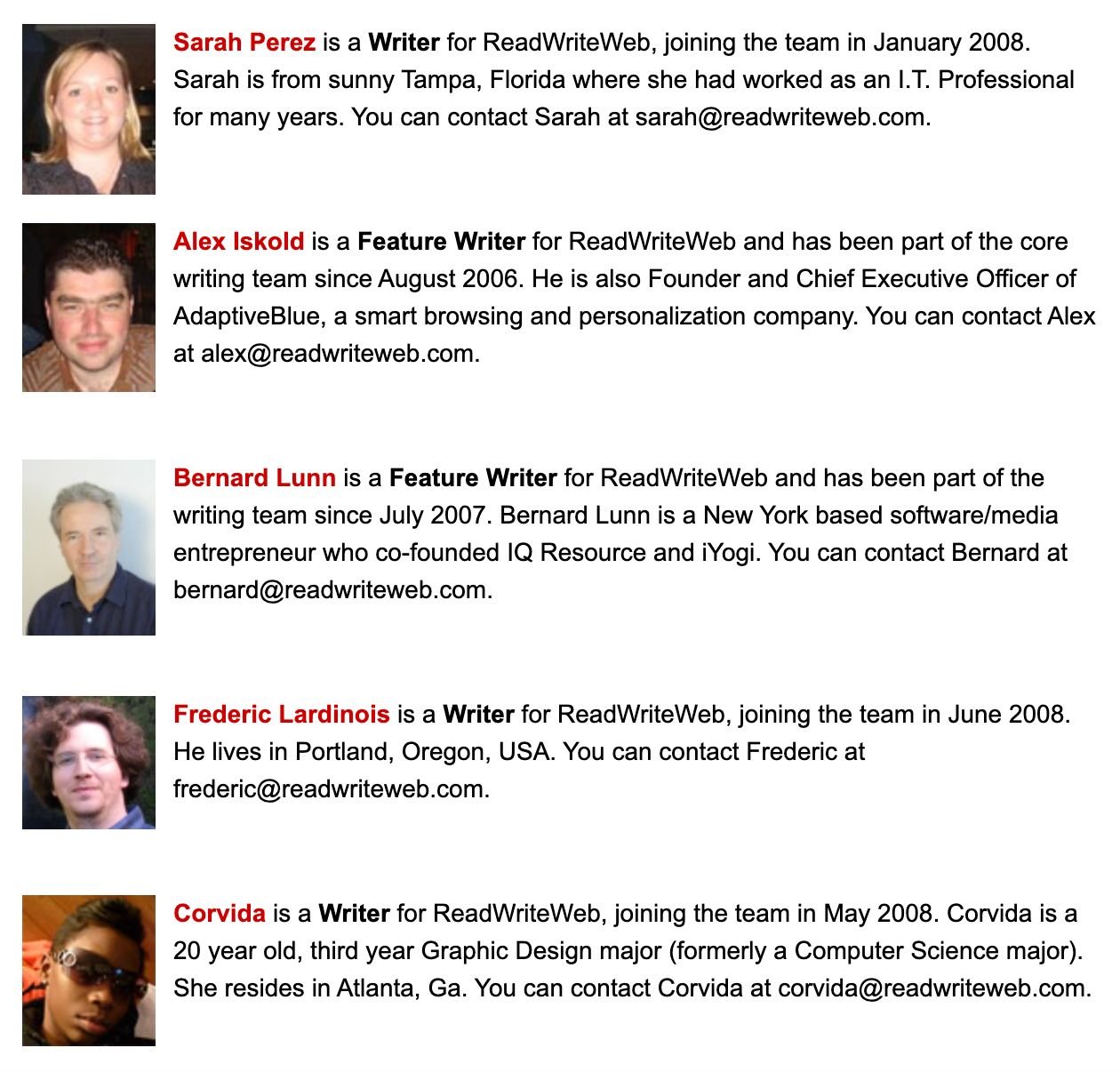
During the due-diligence hubbub in June I hired another promising writer. Frederic Lardinois was a thirty-two-year-old graduate student from Portland who had a tech blog called The Last Podcast (“opinionated web 2.0 news and commentary”). He’d responded to a short blog post I’d put up on June 15, 2008, advertising for a new blogger to “cover breaking web tech news and product reviews” at RWW. I wrote, “Ideally we’re after a blogger based in Silicon Valley, who can attend the local events on our behalf and meet with startups,” but I was open to “non-Valley bloggers too.” (How could I, of all people, discriminate on geography?)
One of the first news stories Frederic covered for us was the launch of the Apple App Store on July 10, 2008, the same day that the second-generation iPhone 3G launched. There were 552 apps in the store at launch, Frederic noted, of which about a quarter were free. That same day, I posted a bunch of screenshots of the iPhone 3G. Because New Zealand was a day ahead in time zones, I’d received my iPhone 3G before many US tech bloggers had gotten their hands on it—for once, I had an advantage over my American blogger friends.
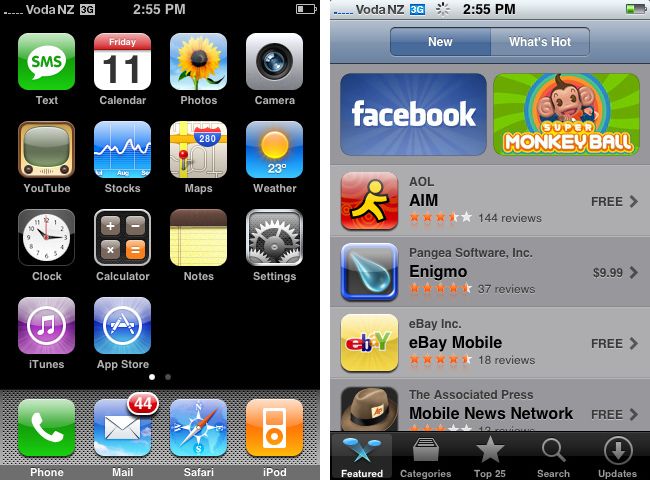
None of us realized it at the time, but that day marked the beginning of a big societal shift from the desktop web to smartphone apps. There were hints that online content was morphing into something new as well. In January, Netflix had announced that its rental-disc subscribers were now entitled to unlimited streaming at no additional cost. A couple of months later, Hulu launched publicly. So video streaming was starting to become a part of the culture, too.
Despite the launch of the App Store, along with the Android market in September, it wasn’t immediately clear that apps would be the right format for the likes of Netflix and Hulu. A radically new version of the web’s markup language had been released in January: HTML5. It was thought that HTML5 would, among other things, encourage multimedia services in browsers. That seemed viable, because over 2008 we saw long-overdue innovation on the browser engine front—Firefox 3 was released in June, and in September Google launched a groundbreaking new browser called Chrome.
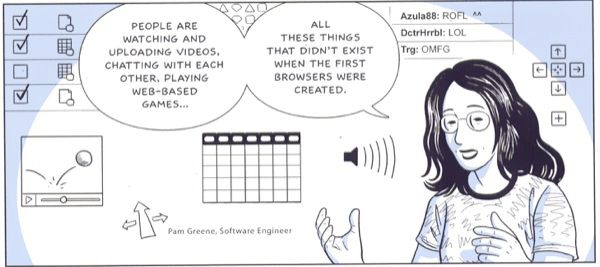
Ultimately, of course, smartphone apps won out. But in mid-2008 it was an open question how streaming—and other multimedia—would evolve on the internet.
Trends of this type were the focus of my small but growing team in 2008. Despite not knowing how things would settle, it was clear that Web 2.0 was expanding beyond the desktop and beyond text-based applications. So it felt natural that RWW would expand too.
Amid the excitement of hiring new writers, I lost one of my regulars that year. Josh Catone had decided to leave RWW and was finishing up the same week that I hired Frederic. Josh had been my first blogger hire at RWW, back in March 2007. Despite recent problems with consistency, Josh had written several of our most popular articles during his time at RWW. I also liked Josh a lot as a person. So when I broke the news to the team via Basecamp, in a message entitled “Welcome Frederic, a Fond Farewell to Josh,” I emphasized that it was sad to see him go. “Once a RWW writer, always,” I noted.
After the acquisition debacle, I was determined to put more structure around the RWW business. If I couldn’t get an established US media company to provide support for RWW’s growth, I thought, then I’d have to make RWW itself into an established US media company.
The usual startup route for creating a US business was the Delaware C corp. In order to do this, I would need a US lawyer. The same week I ditched Insight and ZDE, Alex had introduced me to his corporate lawyer, Camille Linson, who lived just outside of New York. I told Camille that I wanted to set up a US business with “a solid equity structure” for key employees. Also I asked for her help in drafting the contract for Marshall, who would be my first full-time hire.
Unfortunately, over the next several months I discovered the many accounting and legal complications for a New Zealander running a US business. The process turned into a palaver almost as frustrating as the acquisition negotiations.
Camille was very helpful in sorting through these issues, though. In particular, she helped me make sense of a report I commissioned from the NZ branch of Pricewaterhouse Coopers. The report, which arrived in September, cost me a decent chunk of change. But I was disappointed in it because it didn’t make a decision to incorporate in America any easier—in fact it made it harder and more complex.
Given all the accounting grey areas, and the lack of a clear direction from PWC, I had little choice but to continue as an NZ business. I was annoyed that I couldn’t do as seemingly every other global entrepreneur had done before me and create a Delaware C corp. The only silver lining was that I had made an excellent business contact in Camille.
In the end, my NZ lawyer had to draft Marshall’s contract. Sticking with being an NZ company also allowed me to bring Bernard on board as my new COO. In my announcement of that on December 1, I wrote that “Bernard will assume responsibility for most of the non-editorial functions of our business—sales, business development and other operational matters.”
It had taken nearly a year of extensive (and expensive) discussions with various lawyers and accountants to establish a decent structure for my business—albeit one that wasn’t ideal, since it was still an NZ company. But at least I now had my leadership group: me, Bernard, and Marshall. This gave RWW a certain level of validation as a media business. But it was nothing compared to the validation I felt when, on September 23, the New York Times announced that it was expanding its technology section and promised “a steady stream of content from three of the most respected tech blogs on the Web: VentureBeat, GigaOm and ReadWriteWeb.”
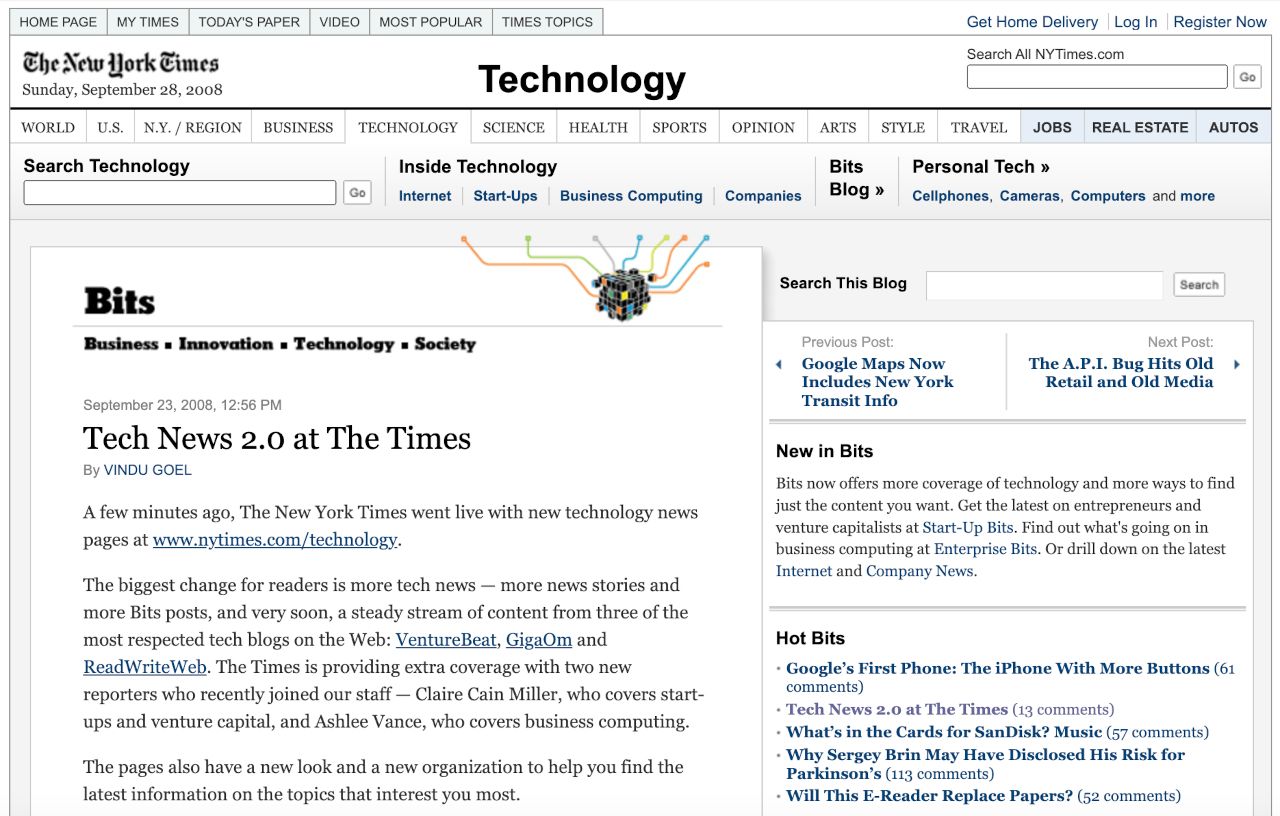
We’d been fishing for a mainstream-media syndication partner ever since the ZDE deal went south. As usual, it was partly inspired by what our tech-blog competition was doing. TechCrunch had inked a syndication deal with the Washington Post in May, and GigaOm had a similar deal with BusinessWeek. We’d first tried the Wall Street Journal but got nowhere. Fortunately, Alex Iskold had a contact at the New York Times and reached out in July. His contact responded positively, and Alex handed the conversation to Bernard to follow up.
At first, we didn’t know whether a syndication deal would generate revenue or was just a way to get more exposure for our niche publication. We soon found out that it would be the latter—the Times wouldn’t be paying for our content. Our contact explained, “Our standard deal is hosting 50% of your feed in exchange for a clickable logo on our tech section front as well as links back to stories/posts on your site from each hosted story/post.” Bernard followed up with a phone call, in which he learned how the syndication would work from a practical perspective: we would tag the Times on any article we thought should go to them. The 50 percent figure was approximate; it was our call which content to send, and it would be automated at their end.
I signed off on the deal in early August, and yes, the contract specified that RWW still owned the copyright for the content. We’d been told that VentureBeat and GigaOm had already inked their deals and would debut on the New York Times website before us. That was slightly annoying, as there didn’t seem to be much of a technical reason for the delay, but we didn’t want to complain too much. We’d already begun to appreciate that being featured in the digital pages of the world’s most prestigious newspaper was great marketing for RWW.
When our feed was finally added to the mix in October, it was a thrill to see the RWW logo on the New York Times website. I excitedly messaged my family: “This is pretty cool, mostly because now when people stare at me with bemusement when I say I blog for a living, I can say ‘we’re on the NYT—heard of them?’”
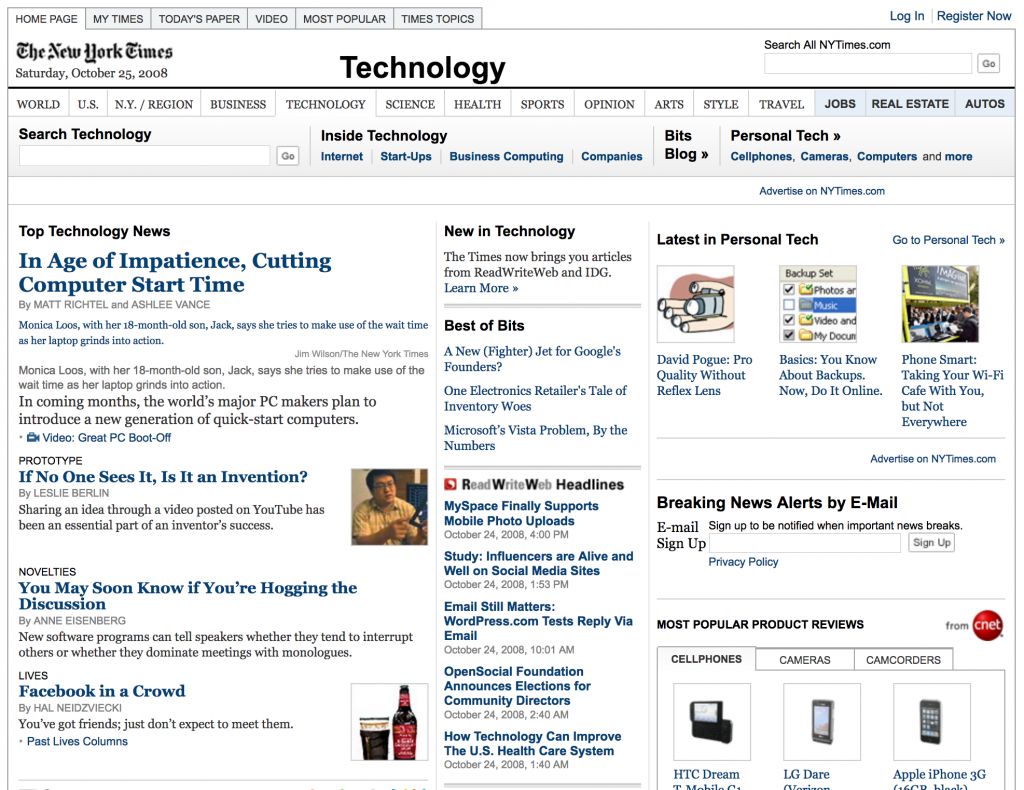
As well as giving me something to brag about, the syndication partnership was now front and center on our media kit for sponsors. It was one thing to be in Technorati’s Top 10, but what really solidified our reputation in the tech industry was being in the New York Times. Indeed, it was great for the reputation of blogs in general. As I noted in my launch post on September 23, 2008, it was “further vindication that blogs are increasingly being accepted as mainstream news and analysis providers.”
The traffic we got from syndication ended up being negligible—in December there were around 5,500 click-throughs to our site from the Times. But I didn’t care about that at all. The added value to our brand was much more significant. Plus, as I said to Bernard and Marshall in an email, it was “nice to be buddies with the NYT.”
That validation also made my decision to withdraw from the ZDE deal much more palatable. It gave me confidence that we would make it as an indie media business.
Lead image: Screenshot of ReadWriteWeb in June 2008
This post is part of my serialized book, Bubble Blog: From Outsider to Insider in Silicon Valley's Web 2.0 Revolution. View table of contents.
Next up: 036. Web 2.0 Summit 2008 and Tech Media's Pivot to Business News
You're reading Cybercultural, an internet history newsletter. Subscribe for free, or purchase a premium subscription. Your support for this indie publication would be greatly appreciated.